Be the first of your family and friends to have informative yet fun knowledge about the different dog groups!
Classifying dogs can vary in different countries, but in the United Kingdom, The Kennel Club categorises dogs seven dog groups: Hound, Gundog, Pastoral, Terrier, Working, Toy and Utility dogs. Every group encompasses a large number of breeds; of which require different levels of dedication for their physical and mental wellbeing.
What’s the difference between a dog type and a dog group?
As of 2014, there are 340 recognised types of dog breed in the world. However, many of these breeds overlap in their size, their appearance and where you can find them. All dog breeds can interbreed with each other, and therefore; regardless of how different the breeds can look, they are all the same species.
In the last two centuries, humans have purposefully created new breeds to serve a purpose which was needed during that time. Many old breeds have been lost because of this, but some breeds that exist today derive from them, and show features that are similar to those before.
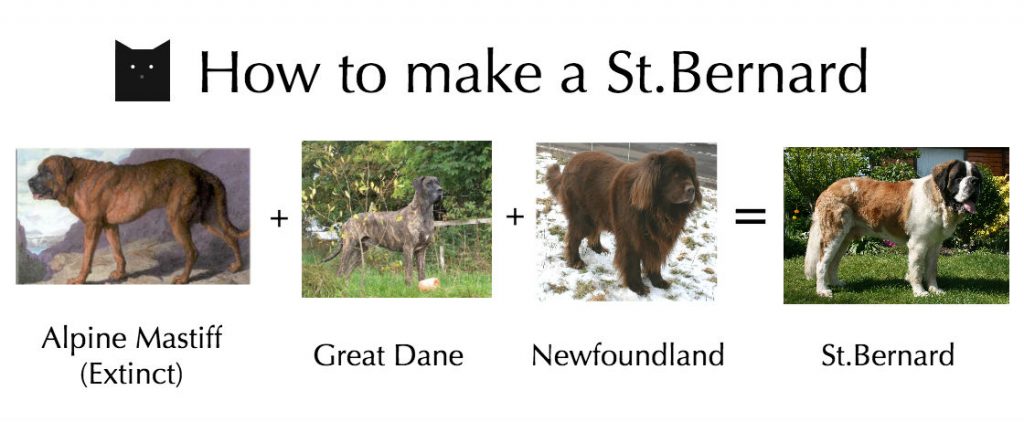
We classify types of dog into dog groups because of their common ancestry, as well as modern breeds that have naturally changed to create new ones through interbreeding.
1. The Hound Group
These wonderful companions were historically bred to be part of packs for tracking, chasing and killing prey. They have a great running speed, are highly intelligent and a fantastic sense of smell.
But they cannot be left alone for long periods of time; there’s a need to have the companionship of other dogs. Hounds get along with other dogs and children, as well as being very loyal to their owners.
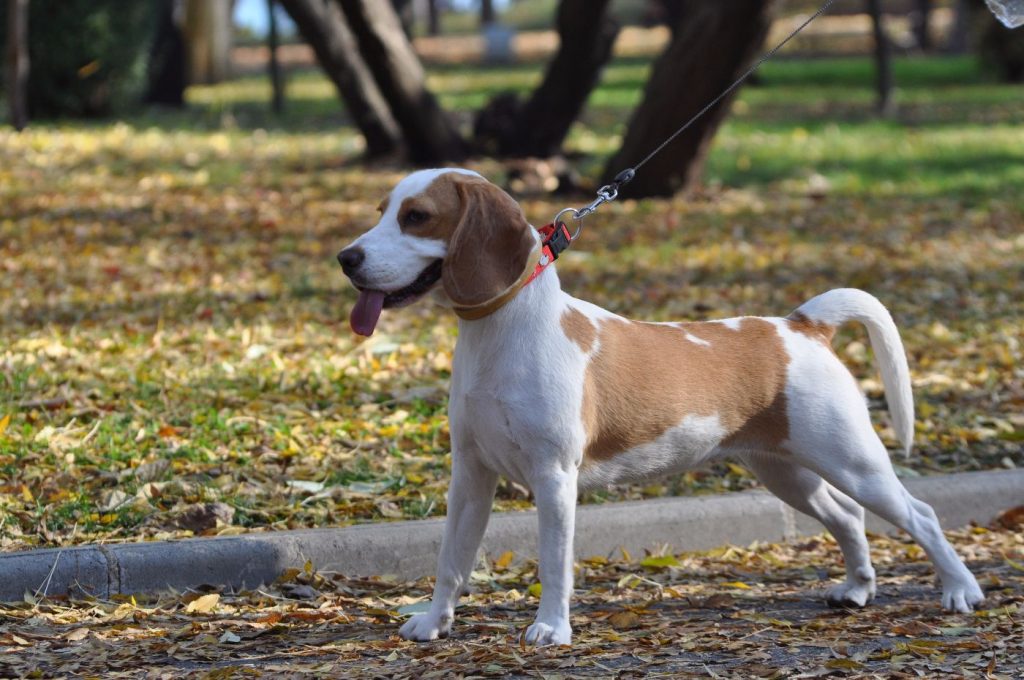
Examples of types of hound: Beagle, Dachshund, Basset hound, Bloodhound, Scottish Deerhound, Plott, etc.
2. The Gundog group
Historically, Gundogs were bred to work at finding and retrieving gamebirds. This athletic group of dogs are psychologically sensitive creatures.
If they don’t have enough physical activity they can easily become depressed. Ideally, these energetic friends need to live in the countryside where they have plenty of space to run.
Gundogs love to have long periods of playtime such as chasing a toy, going for a run at the park and a swim. If you live in the city, you’ll have to have a big garden; these energetic fellas need plenty of space to roam.
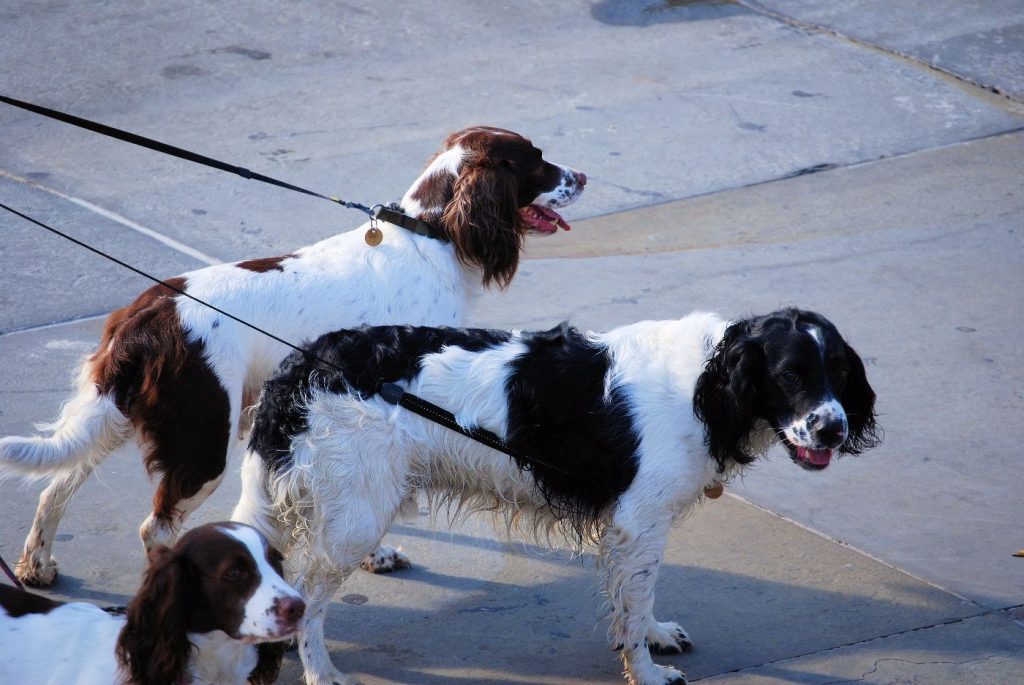
Examples of types of gundog: Cocker Spaniel, English Springer Spaniel, Brittany, Pointer, Labrador Retriever, Golden Retriever, etc.
3. The Pastoral group
For centuries, this fascinating group of dogs were bred to live in the countryside to herd and protect livestock, but they also make great companions.
The breeds from this group are considered highly intelligent and need frequent exercise in order to maintain mentally healthy.
Pastoral breeds have sensitive ears and need to avoid loud sounds, otherwise, they can easily develop noise phobias if not accustomed to loud sounds from a young age.
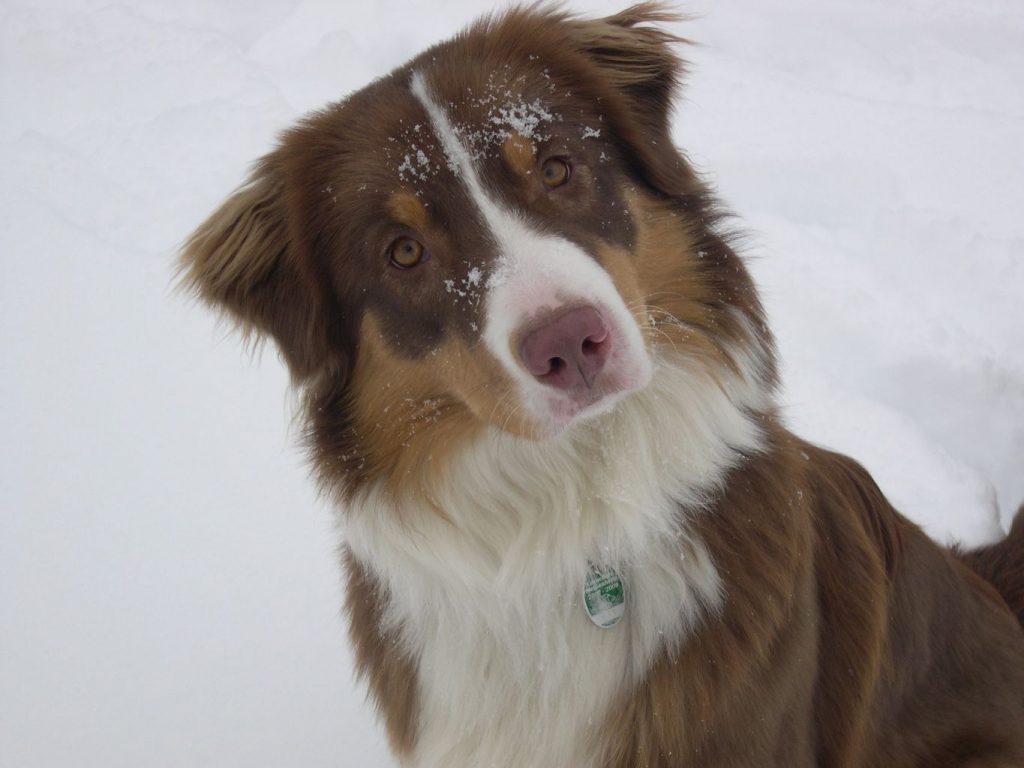
Examples of types of pastoral: Shetland Sheepdog, Border Collie, German Shepherd, Briard, Komondor, Hungarian Puli, etc.
4. The Terrier group
These dogs were are natural diggers; they were historically bred to hunt, dig out and retrieve small animals.
They are very affectionate, independent and charismatic critters, and are the most playful dog group that enjoy play-fighting. Be careful of their hard bite when they become too excited!
But you’ll appreciate and enjoy their independence, charisma and affection. Although, you can’t over-exercise this group when they are puppies, due to their growing bones.
If you have a dog from this group, including smaller pets like a rabbit, hamster, cat, guinea pig, etc, you’ll need to pay extra attention your dog doesn’t hurt them. Their hunting instinct can kick in easily unless they have grown up with the small pet from an early age.
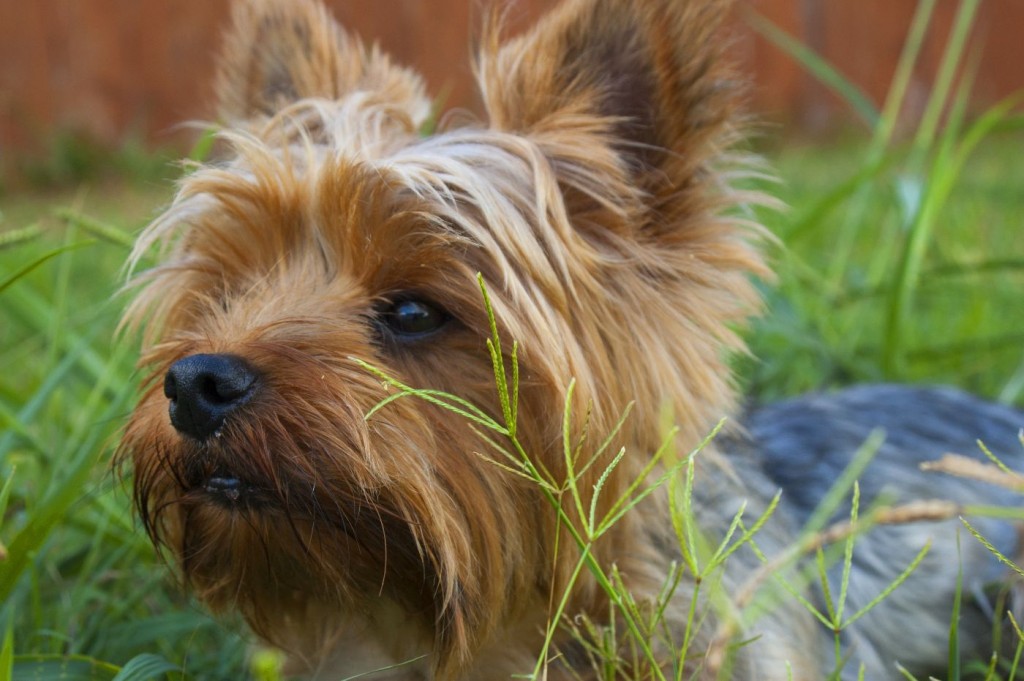
Examples of types of terrier: Parson Jack Russell Terrier, West Highland White Terrier, Staffordshire Bull Terrier, Bull Terrier, Border Terrier, Irish Terrier, etc.
5. The Working group
Working dogs were originally bred for guarding, rescue, or even work for the police. More often than not, they are of a larger breed to make use of their speed and power. These guys make great companions and don’t need extreme exercise, but they’re impressively strong!
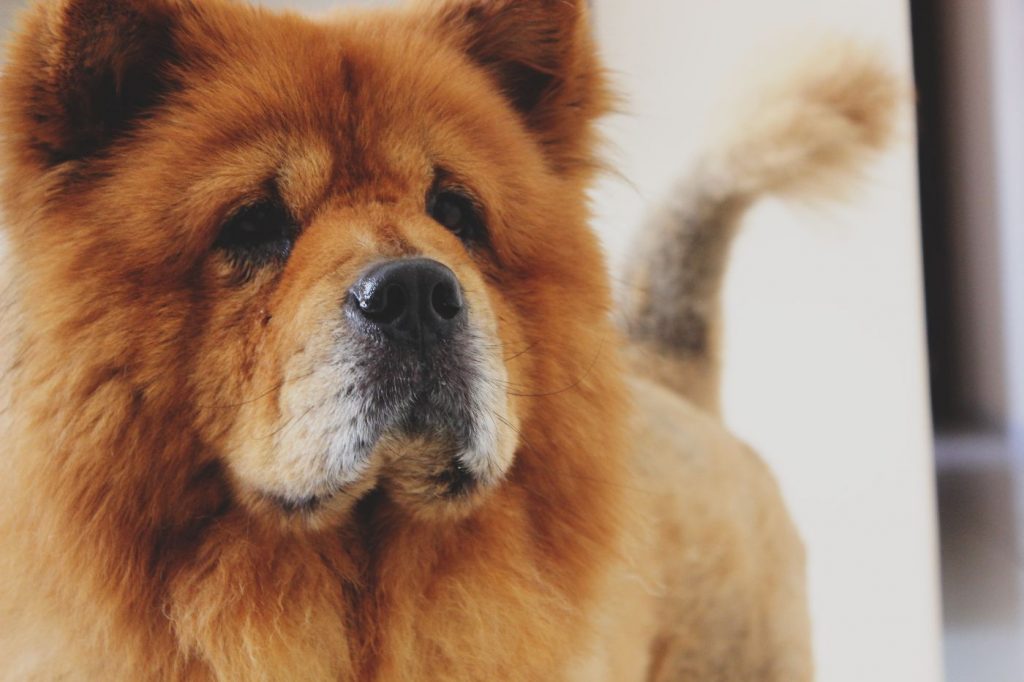
Examples of types of working dog: Boxer, Siberian Husky, Schnauzer, Rottweiler, Dobermann, Great Dane, etc.
6. The Toy group
This less demanding group was developed, altered and bred over generations to be small and compact for city living. Because of this, they also don’t have the need for frequent or strenuous exercise. If you live in a flat or in a small home, it should be fine for these little guys to spend their time indoors.
That’s not to say that they like staying put. If you have a garden, they will enjoy playing or roaming by themselves for a little while. They prefer going on journeys alongside their owners, but they need to be carried because they get exhausted quickly.
Be warned that you will need to be more compassionate with these little guys and they tend to be more fragile than other dog groups. These fellas are the closest to having a friendly cat.
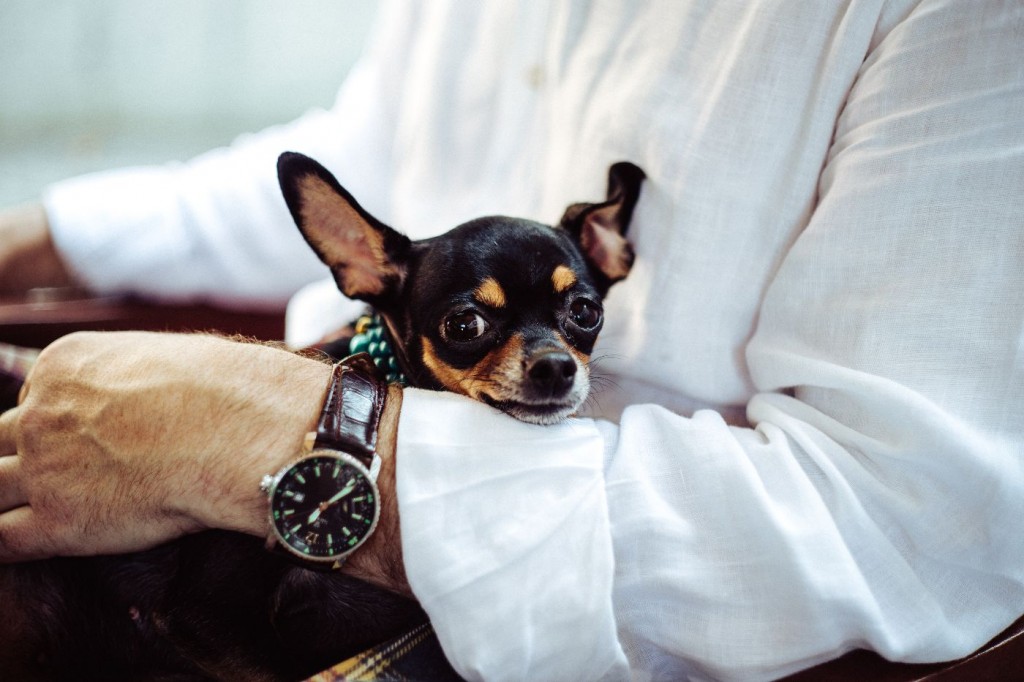
Examples of types of toy dog: Chihuahua, Pug, Cavalier King Charles Spaniel, Pomeranian, Yorkshire Terrier, Bichon Frise, etc.
7. The Utility group
This handy group were originally bred for numerous jobs from herding to guarding. They have a mixture of non-traditional breeds.
If you choose a dog from the Utility group, you’ll need to do a bit of research for the specific breed to find out its temperament and traits.
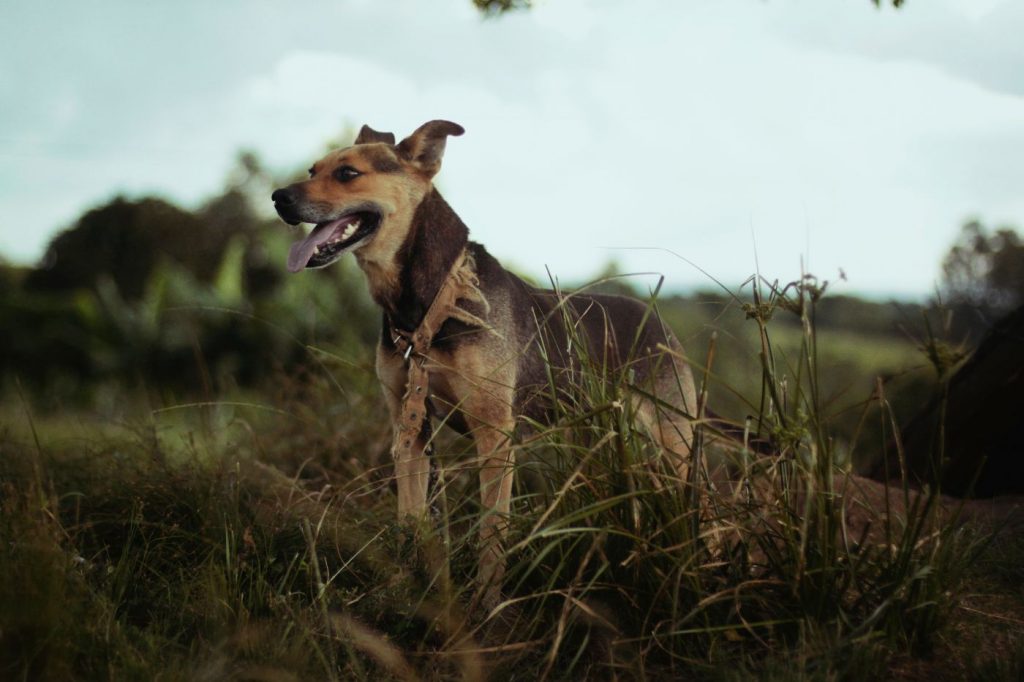
Examples of types of utility dog: Miniature Schnauzer, Boston Terrier, Shih Tzu, Lhasa Apso, Poodle, Dalmatian, etc.

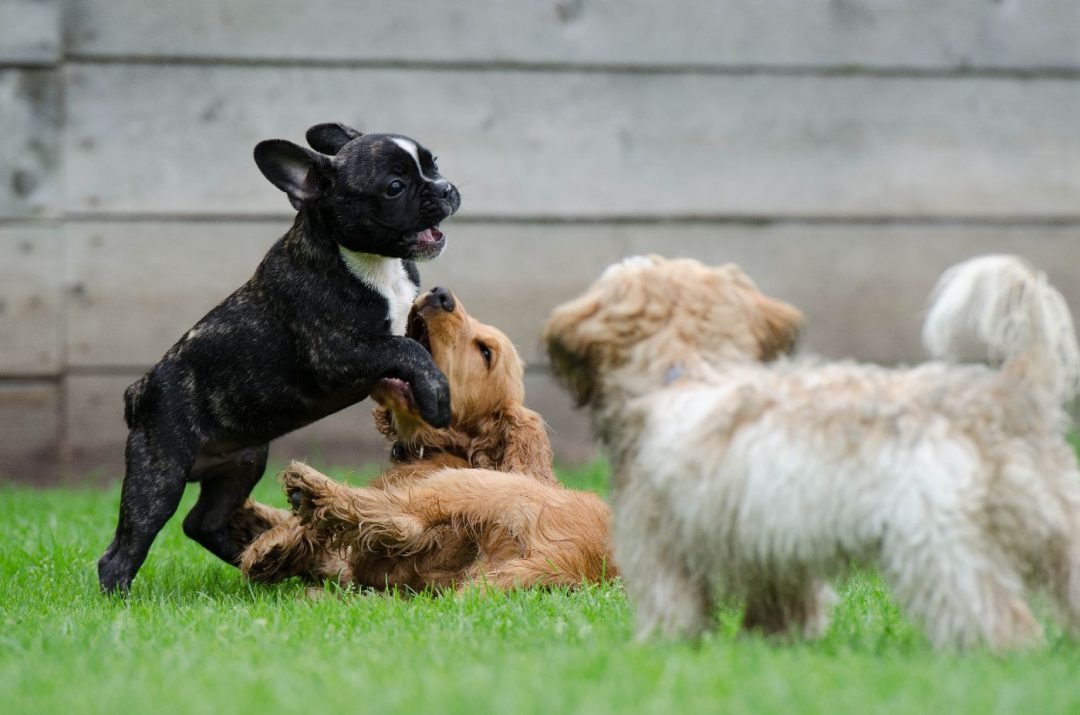
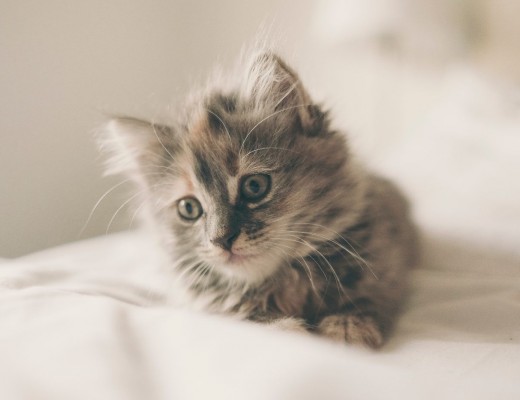
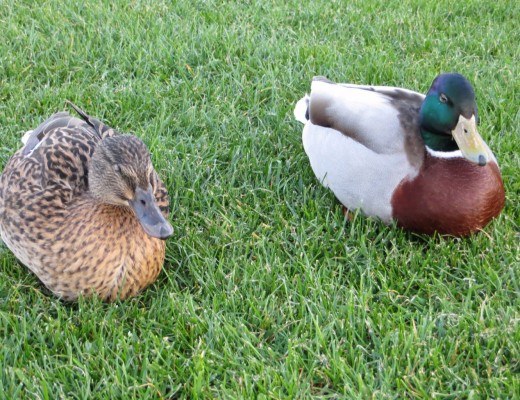
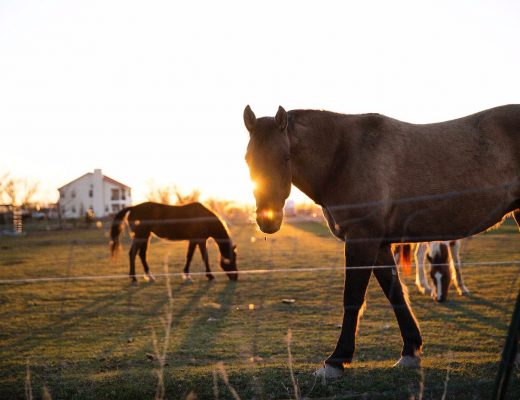
No Comments